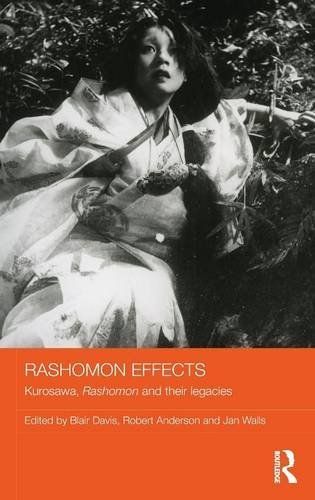
Rashomon Effects Kurosawa, Rashomon and Their Legacies
Akira Kurosawa is arguably known as the director who opened up Japanese film to Western audiences and following his death in 1998, a process of reflection has begun about his life's work as whole and its legacy to the cinema and its global audiences. Rashomon has arguably become the best known Japanese film, ever. After this, his twelfth film, Kurosawa's reputation was firmly established in international cinema, and Rashomon continues to be discussed and imitated more than sixty years after its first screening. This volume addresses issues beyond the realm of Rashomon within film studies, and to do with the Rashomon effect which itself has become a widely recognized English term referring to significantly different perspectives and interpretations of different eyewitnesses to the same dramatic event. The dual figures of ripples and circles comprise the organizing image and principle of this book as each chapter addresses either the movement of ripples, representing the continuing and vibrant influence of Rashomon effects into the twenty-first century, or of circles, representing specific events, such as the publication of a new script, a particular production, or a remake.